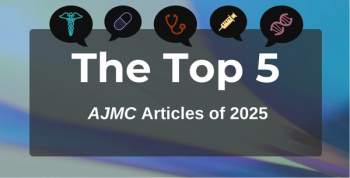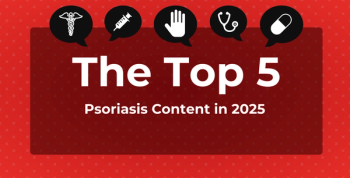
How Does the Risk of HIV-1 Increase With Female Genital Schistosomiasis Infection?
Schistosomiasis is the world’s second deadliest parasitic disease, and it can be linked to contaminated freshwater, with a majority of infections resulting from 3 types of bacteria: Schistosoma mansoni, S haematobium, or S japonicum. It is also a proposed factor for increasing the risk of HIV-1 infection in women.
Up to 56 million women in sub-Saharan Africa (SSA)—82 million in all of Africa—could be harboring a female genital schistosomiasis (FGS) infection, while among the almost 37 million living with HIV-1, a majority are young women. Schistosomiasis, or snail fever, is the world’s second deadliest parasitic disease,
FGS is a proposed factor for increasing the risk of
“It is hypothesized that the relationship between FGS and HIV-1 acquisition is causal, with the mucosal breach caused by FGS allowing HIV-1 access to susceptible submucosal target cells,” the authors note. “Although the association between FGS and HIV-1 has been hypothesized to be a direct result of FGS-associated lesions in the female genital tract, the mechanism of the HIV-1 vulnerability has not been fully described.”
Proposed reasons for the increased risk of HIV-1 following FGS include the following hypotheses:
- A compromised cervicovaginal barrier due to lesions, similar to that resulting from sexually transmitted infections, that precede HIV-1 infection. Lesions from FGS often do not resolve with treatment.
- Vaginal inflammation that leads to recruitment of immunologic cellular mediators, which include T lymphocytes, macrophages, and dendritic cells. The resulting elevated cytokines in turn adversely influence protein expression by the cervicovaginal epithelium, which compromises its integrity.
- Altered vaginal microbiota due to bacterial vaginosis, which is a condition prevalent among women living in SSA and associated with increased recruitment of pro-inflammatory immune proteins and adverse sexual health outcomes, such as HIV.
The authors proposed several solutions to lessen the risk of damage from FGS, 3 of which are listed here:
- Early treatment (before lesions are present) of schistosomiasis with praziquantel—they note this is recommended for use by the World Health Organization—which has been shown in previous studies to decrease the risk of fertility issues and lower contact bleeding.
- Education on HIV-1 prevention that includes antiretroviral therapy and preexposure prophylaxis.
- Emphasizing the importance of research to better understand how FGS damages a women’s sexual and reproductive health, including if it shares genital inflammatory cytokines in common with HIV
“A more complete understanding of the association of FGS with HIV-1 will advance the research agenda on diagnostic, therapeutic, and prevention strategies for this disabling disease, and its synergistic role in the HIV-1 epidemic,” the authors conclude.
Reference
Sturt AS, Webb EL, Francis SC, Hayes R, Bustinduy AL. Beyond the barrier: female genital schistosomiasis as a potential risk factor for HIV-1. Acta Trop. Published online May 13, 2020. doi: 10.1016/j.actatropica.2020.105524
Newsletter
Stay ahead of policy, cost, and value—subscribe to AJMC for expert insights at the intersection of clinical care and health economics.








































